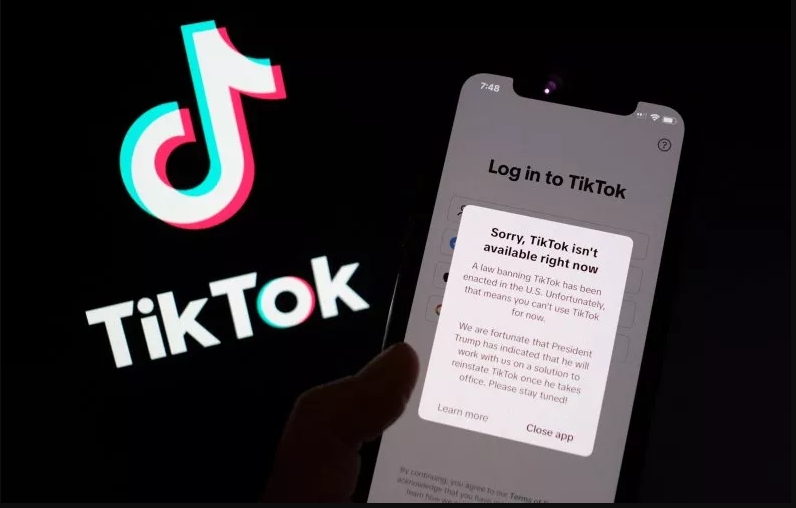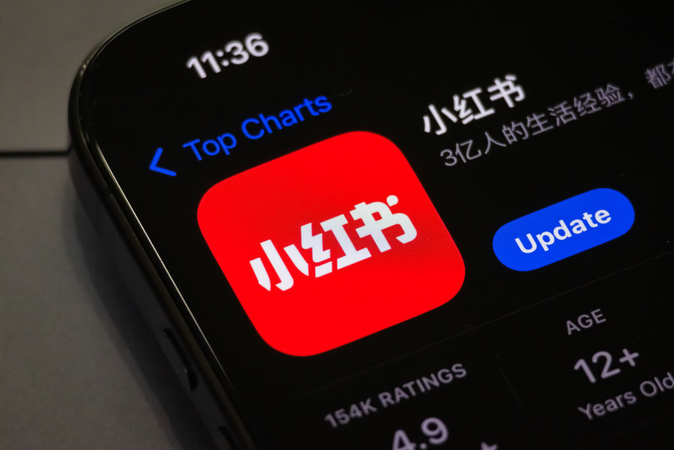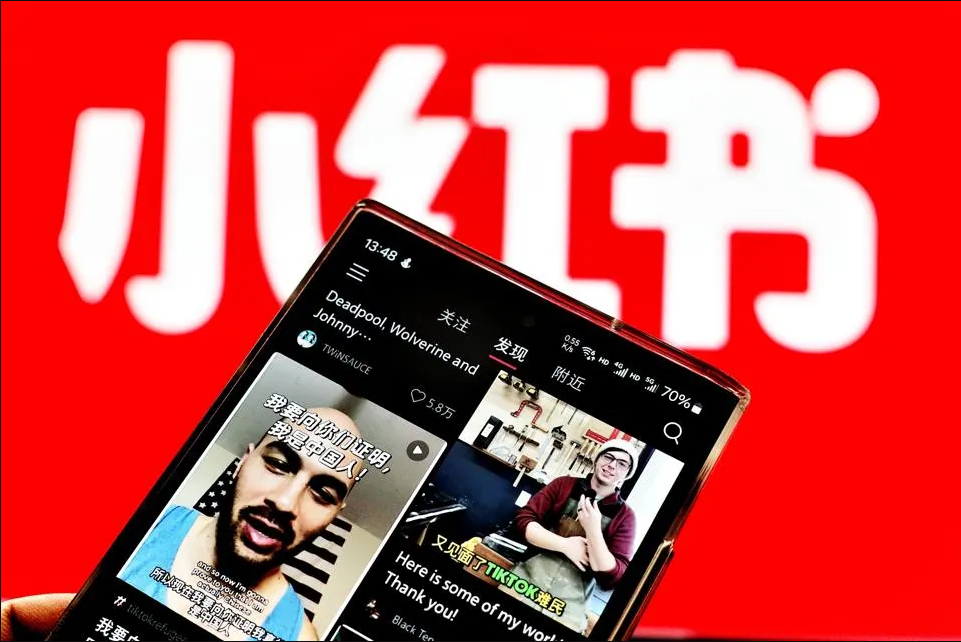Full List of Apps Banned: Updated Restrictions and Alternatives Worldwide
Over the past few years, governments worldwide have implemented bans on various mobile applications due to concerns over national security, data privacy, and geopolitical tensions. These bans have primarily targeted apps owned by foreign entities, especially those with alleged ties to surveillance risks.
In this article, we provide a full list of banned apps across different regions, with a focus on recent developments such as the U.S. ban on ByteDance-owned apps, India’s extensive app restrictions, and other global regulatory actions. If you are an app user or a content creator, this guide will help you understand which apps are restricted, the reasons behind these bans, and potential alternatives.

Part 1: Full List of ByteDance Apps Banned in the U.S. (2025 Update)
On January 19, 2025, the United States officially banned multiple ByteDance-owned apps, including the globally popular TikTok. This move followed the enactment of the Protecting Americans From Foreign Adversary Controlled Applications Act (PAFACA), which required ByteDance to divest ownership of its apps or face removal from U.S. digital marketplaces.
The ban has resulted in the removal of the following apps from the Apple App Store and Google Play Store, preventing new downloads and updates:
ByteDance Apps Banned in the U.S.:
- TikTok - Short-form video sharing platform
- CapCut - A popular video editing app
- Lemon8 - A photo and video-based social media app
- Marvel Snap - A digital card game published by Nuverse (ByteDance subsidiary)
- TikTok Studio - A content creation and editing app for TikTok users
- TikTok Shop Seller Center - A marketplace tool for e-commerce sellers
- Hypic - A photo editing application
- Lark - A team collaboration and messaging tool
- Gauth - An AI-powered study assistance app
These apps are no longer available for download, and existing users have reported limited or blocked functionality. Major tech giants Apple and Google confirmed their compliance with the U.S. government’s directive by removing these apps from their respective app stores.
Part 2: Full List of Apps Banned in India
India has been one of the earliest adopters of large-scale app bans, citing national security concerns and data privacy issues. The Indian government initially banned 59 Chinese apps in June 2020, followed by additional rounds of app removals, bringing the total to over 250 banned applications.
Major Chinese Apps Banned in India:
- TikTok
- UC Browser
- ShareIt
- CamScanner
- Baidu Map
- AliExpress
- Helo
- Club Factory
- Shein
These bans were enforced under Section 69A of the Information Technology Act, with the Indian government claiming the apps were “engaged in activities prejudicial to sovereignty and integrity of India.”
Part 3: Other Countries Enforcing App Bans
1. European Union (EU)
While the EU has not imposed widespread app bans like the U.S. or India, it has enforced strict regulations on data privacy and digital security. TikTok faced temporary bans in certain European countries due to concerns over user data handling, leading to multiple investigations by EU regulatory bodies.
2. United Kingdom
The UK has implemented partial bans on certain Chinese-owned apps, particularly on government devices. TikTok was restricted on official government accounts and work devices due to cybersecurity risks.
3. Canada
Canada has followed a similar approach, banning TikTok on government devices, with concerns about data access and national security implications.
4. Australia
Australia has banned WeChat and TikTok on government-issued devices but has not enforced a nationwide ban on public usage.
Part 4: Why Are These Apps Banned?
Governments cite several key reasons for banning mobile applications, including:
-
Data Privacy & Security Risks
Many of these banned apps, especially those owned by Chinese companies, have been accused of collecting excessive user data and potentially sharing it with foreign governments. -
National Security Concerns
Authorities argue that certain apps could be used for espionage, propaganda, or cyber threats, leading to restrictions in sensitive industries and government operations. -
Political & Trade Tensions
Some app bans are linked to geopolitical conflicts, such as U.S.-China trade disputes and India-China border tensions. -
Misinformation & Content Moderation Issues
Governments also express concerns over content moderation policies, particularly on platforms like TikTok, which have been criticized for algorithm bias and spread of misinformation.
Part 5: Alternatives to Banned Apps
For users affected by these bans, alternative platforms have gained traction. Here are some of the best replacements for the most commonly banned apps:
Banned App
Best Alternative(s)
Key Features of Alternative(s)
TikTok
YouTube Shorts, Instagram Reels
Short-form videos, monetization options, integration with social platforms
CapCut
InShot, Adobe Premiere Rush
Advanced video editing, transitions, filters, music overlays
WhatsApp, Telegram, Signal
Encrypted messaging, voice & video calls, group chat features
CamScanner
Adobe Scan, Microsoft Lens
OCR (Optical Character Recognition), cloud storage, PDF conversion
UC Browser
Google Chrome, Mozilla Firefox
Fast browsing, ad-blocking, privacy-focused extensions
Shein
Amazon, ASOS, Zara Online
Fashion marketplace, international shipping, user reviews
For content creators and businesses, FotorPea provides advanced photo and video editing tools that can enhance the quality of social media content, helping users create high-quality visuals even as they transition to alternative platforms.
Conclusion
The banning of apps is an ongoing global phenomenon driven by data security concerns, national regulations, and geopolitical factors. While ByteDance apps faced a major ban in the U.S., India has led the charge in restricting Chinese-owned applications, and other countries continue to enforce selective bans.
As users seek alternatives to banned apps, platforms like YouTube Shorts, Instagram Reels, and Telegram have gained momentum. Additionally, enhancing content quality remains crucial for creators and businesses, making tools like FotorPea essential for producing high-quality images and videos.
If you're an affected user, now is the time to explore new platforms, stay informed about digital privacy regulations, and find creative ways to adapt to these changes.


 HitPaw Edimakor
HitPaw Edimakor HitPaw VikPea (Video Enhancer)
HitPaw VikPea (Video Enhancer) HitPaw Univd (Video Converter)
HitPaw Univd (Video Converter) 



Share this article:
Select the product rating:
Daniel Walker
Editor-in-Chief
My passion lies in bridging the gap between cutting-edge technology and everyday creativity. With years of hands-on experience, I create content that not only informs but inspires our audience to embrace digital tools confidently.
View all ArticlesLeave a Comment
Create your review for HitPaw articles